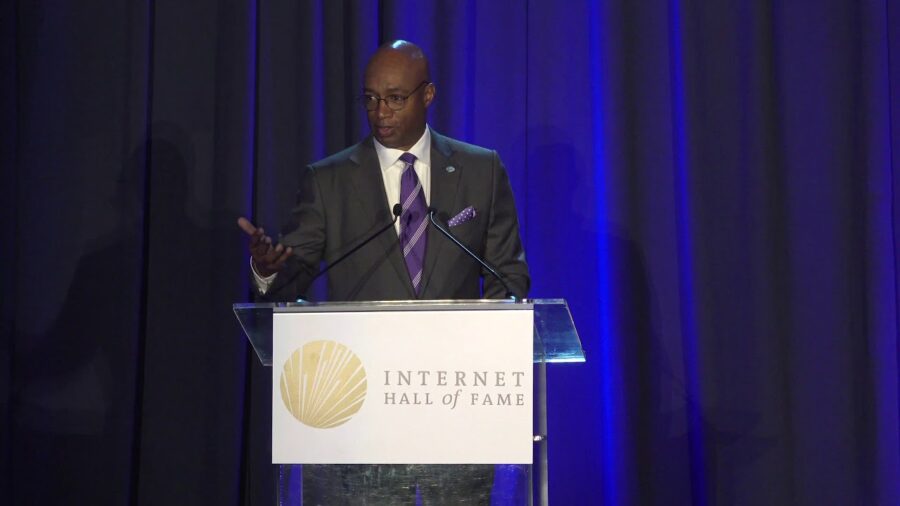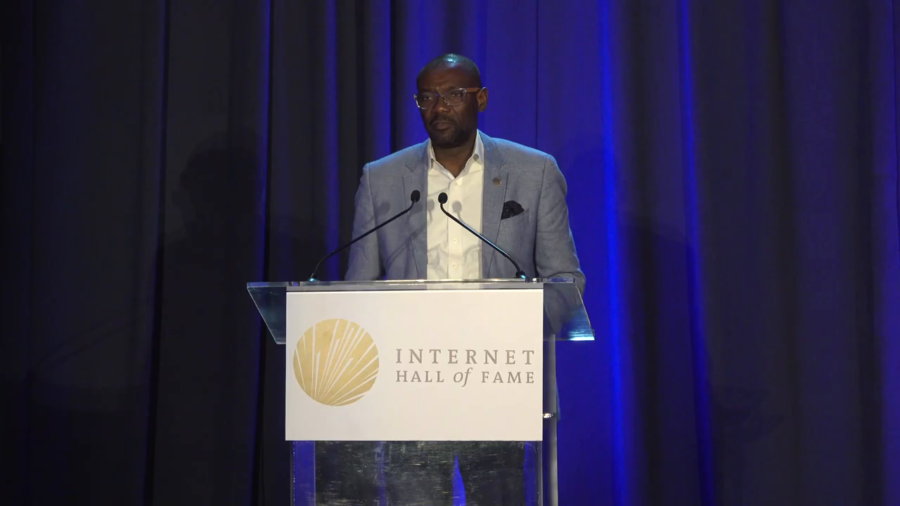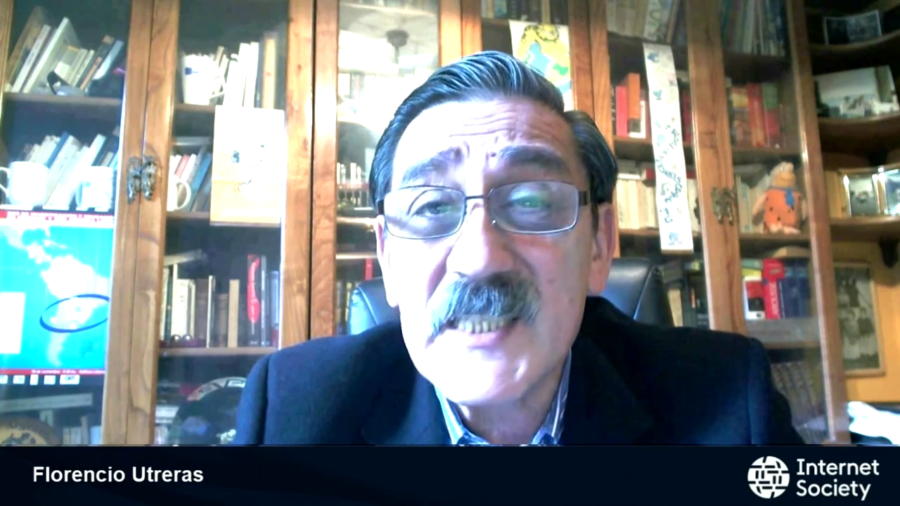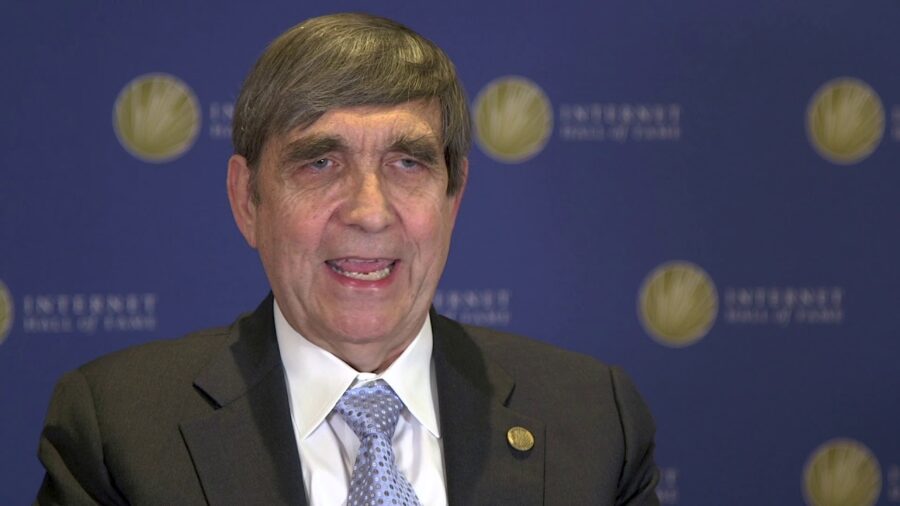The hard part was that everything was new at the same time. There was new hardware. There were new protocols. There was a new implementation of protocols in the operating system. It was actually difficult to figure out how to build protocol software in the operating systems. We had new applications. Things that…you have to understand at the time people didn’t use networks. So everything was being done at the same time.
Archive

In 1993 when we first started talking about the digital divide and doing the work to define the digital divide, there were 15 million people on this planet on the Internet. Today there are 4 billion. A lot of people in this room did a lot of work to make that happen. But we have a lot that we need to do still.

Nominated for effort and contribution to several initiatives that brought and drew the Internet in West Africa in the 90s, and also for leading and nurturing the consensus approach that has helped create AFRINIC, the Internet number registry in Africa in 2004, I have witnessed over those twenty-five years how technology can change and improve people’s lives on a daily basis.

Despite all odds, with a group of friends at the university, we were looking into solutions to break the isolation of AUB from the academic environment in the US. So we started to look into connectivity.

During all this time, many of you have been involved in developing the Internet and making it the tool of many phases. From academic collaboration, to business and shopping. From social interaction, to democracy promotion. In short, to all feats of human activity. We have gone from the promotion of connectivity to a connectivity-dependent society, and many could feel that the job is done.

